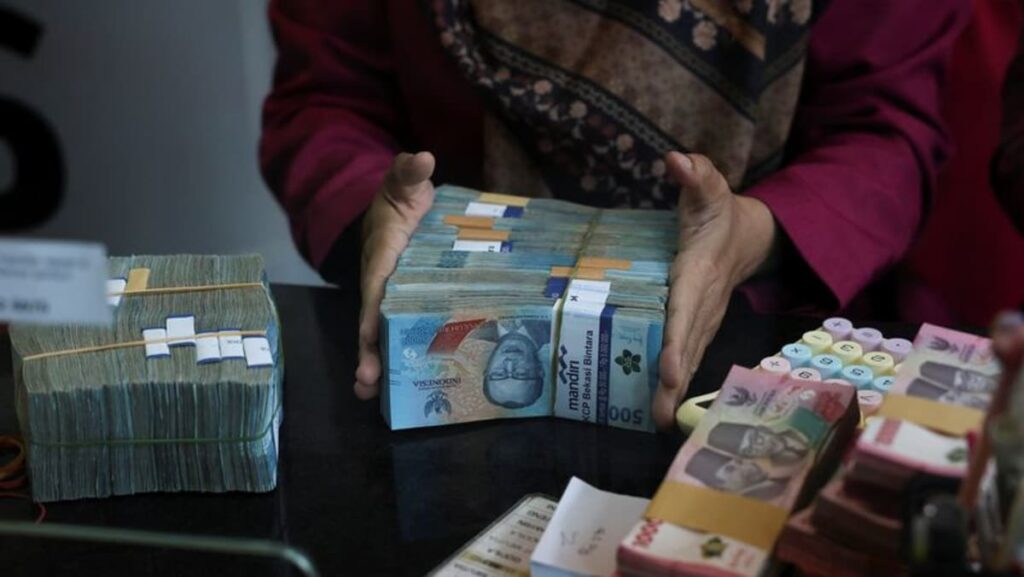RELATIVELY MUTED REGIONAL IMPACT
On a positive note, the economic situation today is much brighter than the dark days of 1998.
During the Asian Financial Crisis, the rupiah’s annualised loss was almost 650 per cent – meaning that the currency would have a negative value if the depreciation pressure had continued. This year’s losses would only be about 16 per cent if they were to run all the way to December.
One should not focus entirely on the currency levels but also at the rupiah’s rate of depreciation, which is much gentler today despite Mr Trump’s sweeping tariffs.
Regional international reserves today are far more robust and economies are stronger. The foundations are firm, and short sellers are not circling like hawks like they were in 1998.
In addition, there is belief in some quarters that Mr Trumps’ tariffs are more of a tactic to bring countries to the negotiation table to improve the US’ trade positions.
Nonetheless, with exports to the US likely to fall for many Southeast Asian countries, the race is on within the region for ways to make up the shortfall. Fears could arise over competitive devaluation between regional markets.
With the weakening rupiah, one possibility is that Indonesian exports will benefit at the expense of exports from Singapore, Malaysia, Thailand or Vietnam. In this regard, it is fortunate for the region that Indonesia has a lower manufacturing base than its peers in Southeast Asia.
Manufacturers will be the top beneficiary from any currency weakness. As a country that is still largely driven by domestic consumption, wholesale and retail, Indonesia’s currency weakness will have limited negative ramifications for the region.
Read the full article here

